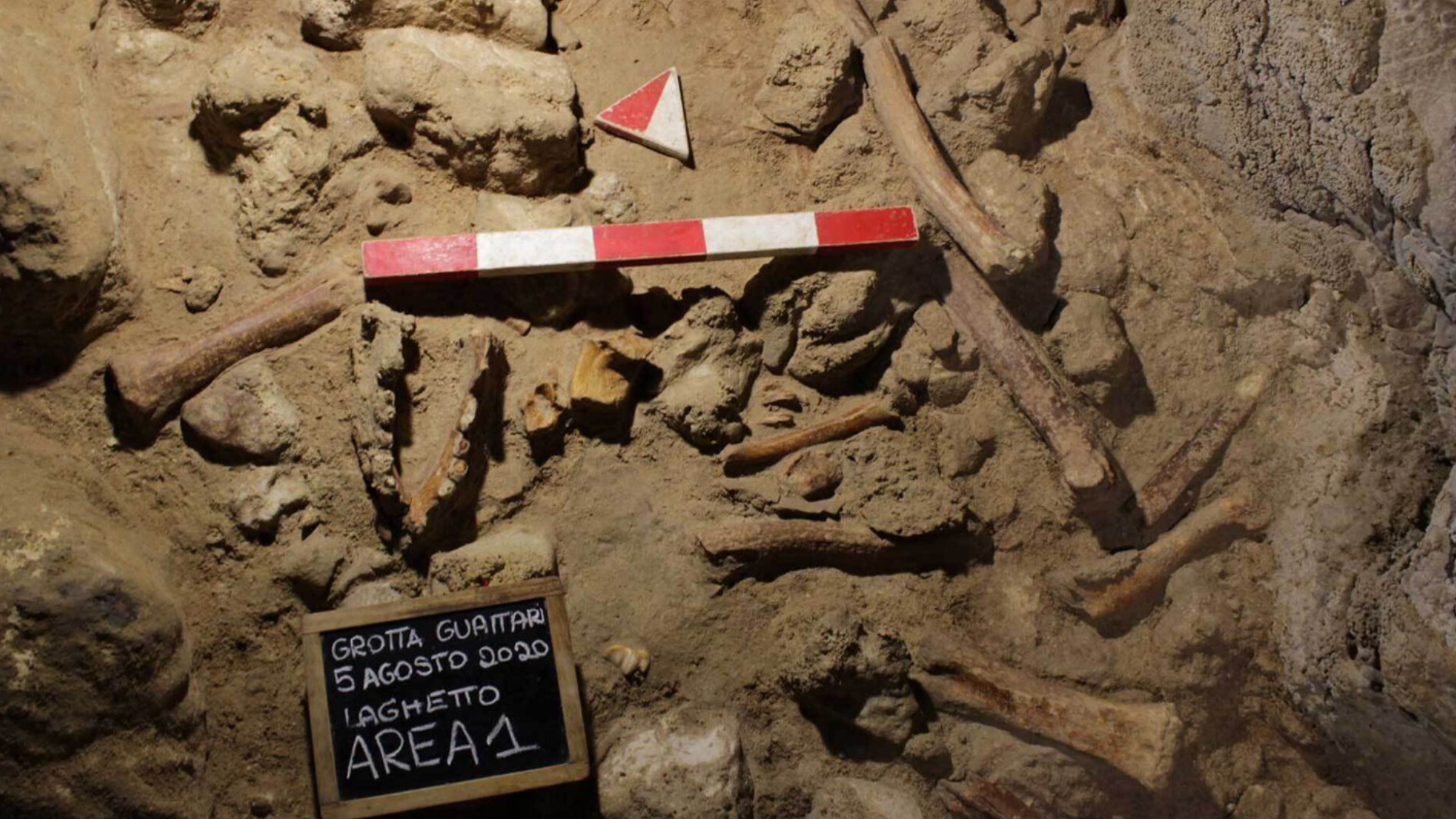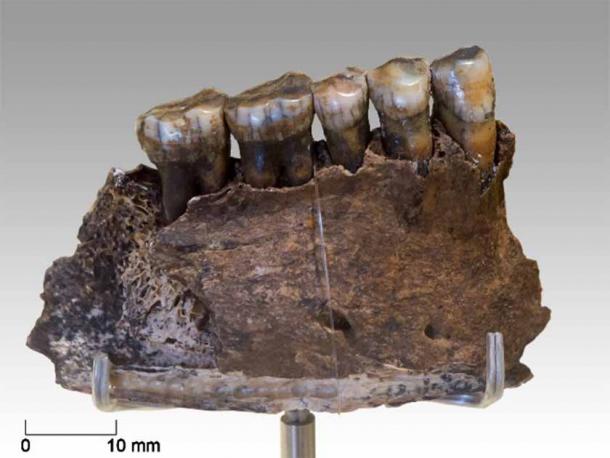Conducting one of the largest genetic studies of a Neanderthal population to date, scientists found members of the first known Neanderthal family who lived more than 50,000 years ago
The remains of the first known Neanderthal family have been discovered in a Siberian cave.
On Wednesday, scientists revealed that they found the fossilized bone fragments of a closely related Neanderthal clan, including a father and his teenage daughter, in a study published in Nature.
The group determined that the Neanderthals were living together on rocky clifftops more than 50,000 years ago, and likely died from starvation or during a violent storm.
:max_bytes(150000):strip_icc():focal(614x239:616x241):format(webp)/Chagyrskaya-Cave-102022-0e6d98250aec454d9ce30e1611549ec9.jpg)
In the study, scientists provided the genetic data for 13 Neanderthals from two Middle Palaeolithic sites in the Altai Mountains of southern Siberia — 11 from the Chagyrskaya Cave and two from the Okladnikov Cave.
The 13 Neanderthal individuals included five children and adolescents, with seven males and six females making up the total group.

Scientists found that the Chagyrskaya individuals were closely related, including the father-daughter pair, and they also found a set of second-degree relatives, perhaps an aunt or an uncle and a niece or nephew.
As the The New York Times notes, the father is a close relative of two other adult males at Chagyrskaya. The remains of an adult woman and a boy also contained DNA that suggested they were likely related.
The scientists believe some of the individuals likely lived at the same time, they said.
The team added that up to one-third of the genomes of the individuals studied had long segments of homozygosity, which indicates that the Chagyrskaya Neanderthals were a likely part of a small community.
:max_bytes(150000):strip_icc():focal(719x399:721x401):format(webp)/Neanderthal-reconstruction-102022-1-a343efa24e2c440b8d4399d14b38e5fb.jpg)
“Chagyrskaya Cave is basically a moment in time 54,000 years ago when this community lived and died in this cave,” Richard G. Roberts, a scholar at the University of Wollongong in Australia, and one of the co-authors of the study, said in an interview, per The Washington Post.
“Most archaeological sites, things accumulate slowly and tend to get chewed over by hyenas or something else like that,” he added. “You don’t really get sites that full of material. It was packed full of bones, Neanderthal bones, animal bones, artifacts. It’s a moment, literally frozen in time.”

The new findings demonstrate that male Neanderthals seldom left the caves in which they were born, while females on the other hand, often left their birthplaces to live with their male partners.

A jaw fragment from one of the Chagyrskaya Cave Neanderthals. DNA analysis has enabled scientists to learn more about the group’s social composition.
News
Stephen Curry offered Ayesha Curry a single dish on their first date that made Ayesha agree to be his wife.
With Ayesha Curry, go down memory lane via food, of course! Curry tells people in this week’s issue that she is constantly creating new recipes, whether they are for her family’s dinners or her new cookbook, The Full Plate. She…
Stephen Curry: From an underrated boy to an icon of world basketball
Stephen Curry, the Golden State Warriors’ superstar, has had an extraordinary journey in the NBA, going from an unknown player to solidifying his place as the Greatest of All Time (GOAT). His rise to greatness is a testament to his…
Rick Ross’ strange and eccentric hobbies make his relatives become distant.
Rick Ross, the renowned rapper and entrepreneur, has a rather unconventional hobby that sets him apart from the crowd: he keeps wild animals as pets. While many celebrities opt for more traditional pets like dogs or cats, Ross has embraced…
Lil Wayne revealed the reason why he always loves and pampers Kameron the most compared to his other children.
The bond between a parent and child is one of the most profound and enduring relationships in life. For Lil Wayne, the renowned rapper and father of four, his love for his youngest son, Kameron, runs deep. As Kameron grows…
Lil Wayne reveals his songwriting formula for creating explosive and successful rap songs.
Onе of thе most succеssful rаppеrs of thе lаst two dеcаdеs is Lil Wаynе. Sincе rеlеаsing his first аlbum аt 17, hе hаs sold oᴠеr 120 million copiеs worldwidе, mаking him onе of thе most succеssful аrtists in hip hop…
Novak Djokovic dressed as Snoop Dogg – passionately singing with Eminem at a cozy party, making fans excited.
Novak Djokovic made an impression on his rivals in Monte Carlo after his performance at the player party. The world No. 1 dressed up as Snoop Dogg and danced to one of his songs before rapping Eminem. All of it…
End of content
No more pages to load
:max_bytes(150000):strip_icc():focal(1139x549:1141x551):format(webp)/Neanderthal-reconstruction-102022-2-31faf0866cf84a6db51f2db835b6ec96.jpg)












